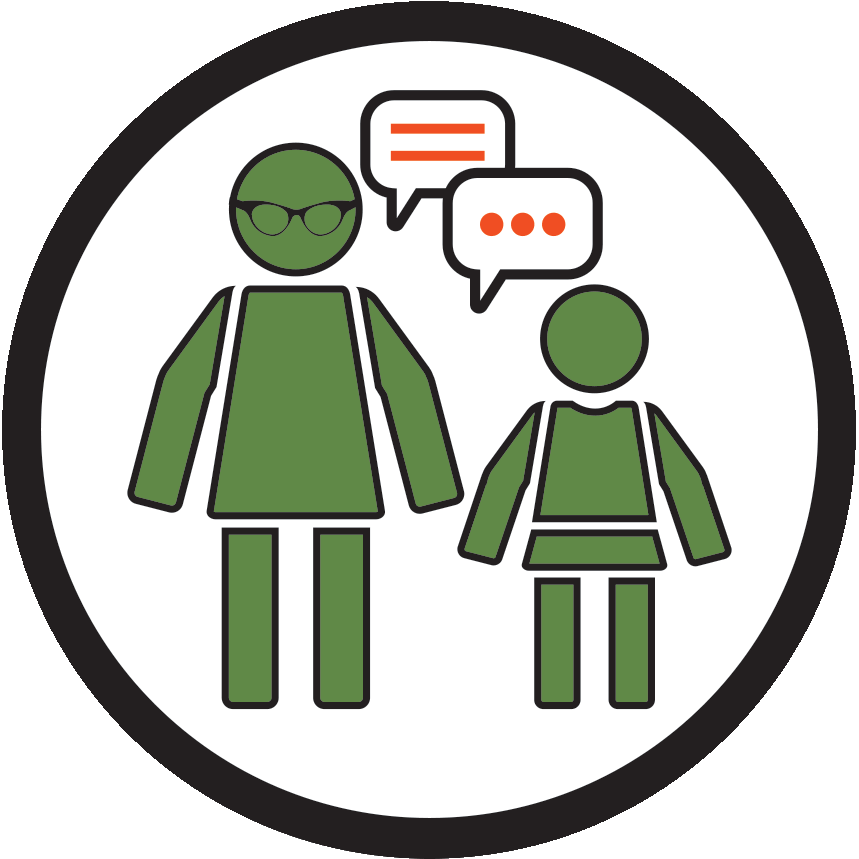NMSD Teaching and Learning

Text Resources


RESPOND
What do we do if they have not reached the target? What do we do if they have?
Documents
-
NMSD TAG Forms
-
Common Accommodations
-
NMSD RIT Handbook
-
Guide for using PBL with students on IEPs
At the North Marion School District we are continually developing the systems and supports needed to create a dynamic learning environment that assures all students reach their maximum potential. For some, this means interventions to assure they are successfully meeting the state standards. For others it means extension; finding new and inventive ways to challenge and stretch our gifted students. All these actions mean creating a path for each student that is grounded in a common curriculum that is supported or extended as appropriate.
Austin Buffum, in his book Simplifying Response to Intervention: Four Essential Guiding Principles claims there are 4 C's to RTI. They are:
Collective responsibility - A shared belief that the primary responsibility of each member of the organization is to ensure high levels of learning for every child. Thinking is guided by the question, "Why are we here?"
Concentrated instruction - A systematic process of identifying essential knowledge and skills that all students must master to learn at high levels, and determining the specific learning needs for each child to get there. Thinking is guided by the question, "Where do we need to go?"
Convergent assessment - An ongoing process of collectively analyzing targeted evidence to determine the specific learning needs of each child and the effectiveness of the instruction the child receives in meeting these needs. Thinking is guided by the question, "Where are we now?"
Certain access. A systematic process that guarantees every student will receive the time and support needed to learn at high levels. Thinking is guided by the question, "How do we get every child there?”

“Only when schools create a tiered, systematic intervention program can the promise of certain access be realized. A systematic response begins with the school’s ability to identify students who need help. After students are identified, the school must determine the right intervention to meet the child’s learning needs, and then monitor each student’s progress to know if the intervention is working. If the evidence demonstrates that the intervention is not meeting the intended outcome for a specific student, the school must revise the student’s support by providing more intensive and targeted assistance; alternatively, if students reach grade-level expectations, the same flexible time and resources are used to extend students to even higher levels of achievement.”
― Austin Buffum, Simplifying Response to Intervention: Four Essential Guiding Principles